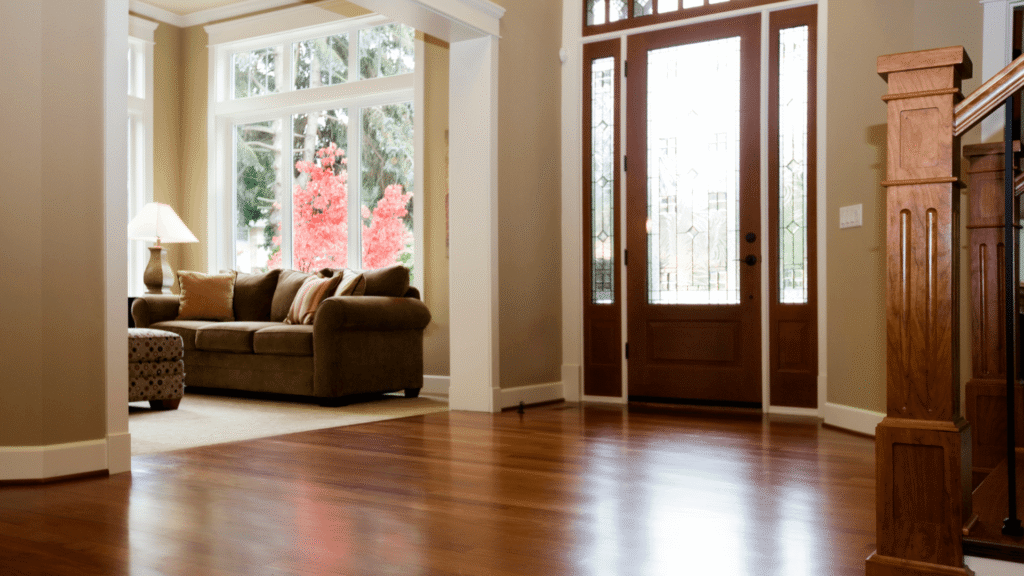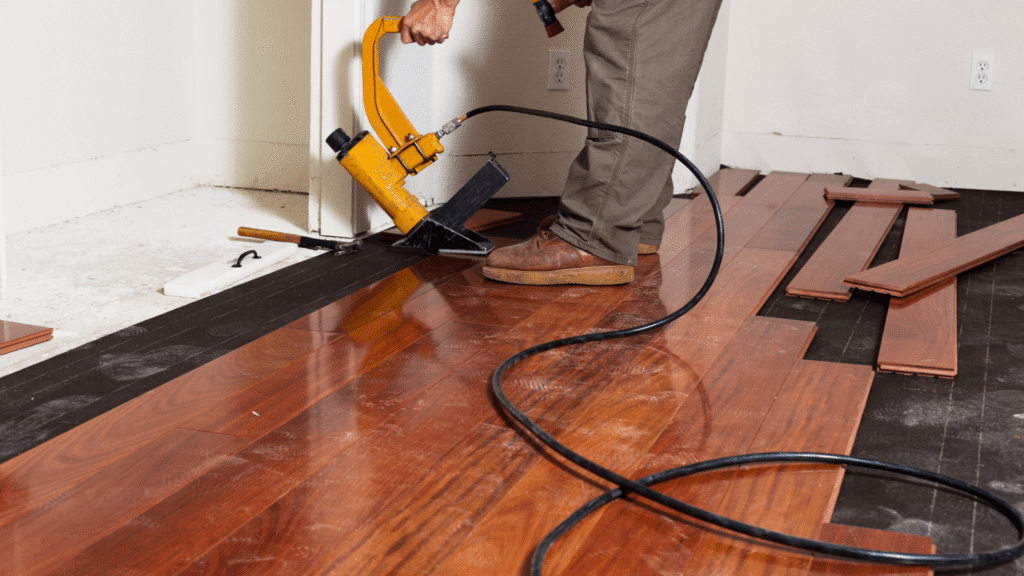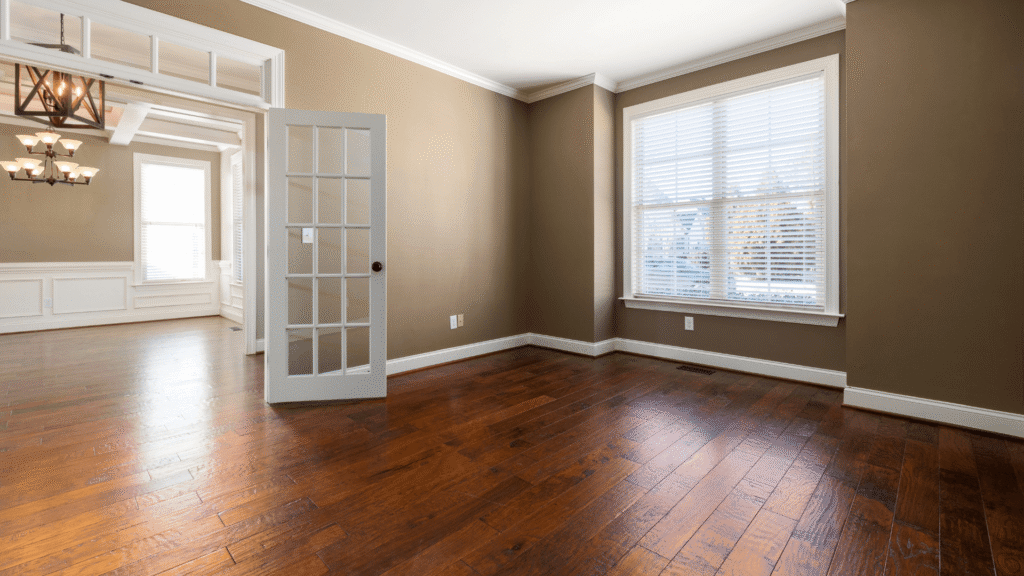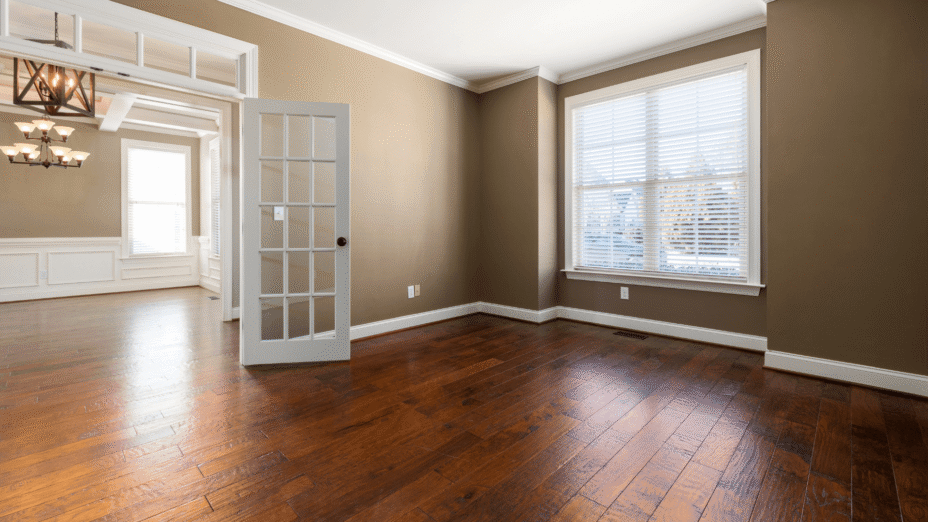Navigating the World of Hardwood: A Detailed Guide to Categories, Styles, and Selection
Hardwood flooring remains a timeless and highly sought-after choice for homeowners, prized for its beauty, durability, and ability to elevate a space. However, the sheer variety available can be overwhelming. This guide breaks down the categories of hardwood flooring, explores popular styles and finishes, and provides essential considerations to help you confidently choose the perfect option for your home.
I. Core Categories: Solid vs. Engineered – Understanding the Foundation

The fundamental distinction in hardwood flooring lies between solid and engineered wood. This difference dictates suitability, installation methods, and long-term performance.
- Solid Hardwood: The epitome of traditional flooring, solid hardwood is milled from a single, substantial piece of wood, typically ¾ inch thick. Its inherent strength allows for multiple sanding and refinishing cycles, extending its lifespan considerably.
- Key Features: Authentic appearance, exceptional durability, potential for restoration, adds significant property value.
- Best For: Areas with stable humidity levels, formal living spaces, bedrooms, and homes where longevity is a priority.
- Limitations: Susceptible to moisture damage (not recommended for basements or bathrooms), can expand and contract with humidity fluctuations, generally more expensive.
- Common Species: Oak (Red & White), Maple, Hickory, Walnut, Cherry, Ash, Birch.
- Engineered Hardwood: A modern innovation, engineered hardwood comprises a core of multiple layers (typically plywood or fiberboard) topped with a thin veneer of real hardwood. This layered construction provides dimensional stability, making it less prone to warping and cupping compared to solid hardwood.
- Key Features: Moisture-resistant (suitable for kitchens and basements with proper underlayment), easier installation (often featuring click-lock systems), wider range of species and finishes, generally more affordable.
- Best For: Areas with fluctuating humidity, kitchens, basements, condos, and homes where ease of installation is desired.
- Limitations: Limited refinishing potential (dependent on veneer thickness), veneer can wear over time, may not possess the same “feel” as solid hardwood.
- Common Species (for the veneer layer): Similar to solid hardwood, plus exotic options like Brazilian Cherry, Bamboo (technically a grass, but often categorized with hardwoods), Teak, and Ipe.
II. Diving into Wood Species: Aesthetics and Performance

The choice of wood species profoundly impacts the floor’s appearance, durability, and maintenance requirements.
- Oak (Red & White): The industry standard, oak offers excellent durability, a classic grain pattern, and widespread availability. Red oak has a reddish hue and a more pronounced grain, while white oak is slightly harder, more water-resistant, and features a more neutral, tan color.
- Maple: Known for its hardness and fine, subtle grain, maple provides a clean, modern aesthetic. It’s highly resistant to scratches and dents but can be challenging to stain evenly.
- Hickory: The hardest domestic hardwood, hickory boasts exceptional durability and a striking, dramatic grain. Ideal for high-traffic areas and those seeking a rustic look.
- Walnut: A luxurious choice, walnut offers a rich, dark color and a beautiful, swirling grain. While aesthetically pleasing, it’s softer than oak or maple and more susceptible to dents and scratches.
- Cherry: A warm and inviting wood that darkens with age, cherry provides a classic, elegant look. It’s relatively soft and requires careful maintenance.
- Ash: Similar in hardness to oak, ash features a distinctive grain pattern and a light, creamy color. A good alternative when oak supplies are limited.
- Exotic Species (Brazilian Cherry, Teak, Ipe): Offer unique colors, grain patterns, and often enhanced durability. However, they can be more expensive and sourcing sustainably is crucial.
III. Style and Finish: Defining the Look and Feel
Beyond the wood species, style and finish significantly contribute to the overall aesthetic.
- Plank Width & Length: Wider planks (5″ or more) create a more contemporary, spacious feel, while narrower planks (2-3″) offer a more traditional look. Longer planks minimize seams and create a more seamless appearance.
- Grain Pattern: Consider the desired aesthetic. Tight, uniform grains (maple) offer a modern look, while dramatic, swirling grains (walnut) add character and visual interest.
- Texture: Options range from perfectly smooth and polished to hand-scraped, wire-brushed, or distressed finishes that add character and a rustic charm.
- Color & Finish: Stains can dramatically alter the wood’s color, while finishes (polyurethane, oil-based, water-based) protect the wood and influence its sheen (matte, satin, semi-gloss, gloss). Consider the room’s lighting and overall décor when selecting a finish.
IV. Essential Considerations Before Purchase:
- Budget: Hardwood flooring costs vary significantly based on species, construction, and finish.
- Lifestyle: High-traffic areas require durable species like hickory or maple. Consider pets and children when assessing scratch resistance.
- Subfloor Condition: A level and structurally sound subfloor is essential for proper installation and long-term performance.
- Moisture Levels: Accurate moisture readings are critical, especially for solid hardwood, to prevent warping and cupping.
- Installation Method: Solid hardwood typically requires professional installation, while engineered hardwood often offers DIY-friendly click-lock systems.
- Maintenance: Regular sweeping, vacuuming, and occasional damp mopping are crucial for maintaining the beauty and longevity of your hardwood floor.
- Sustainability: Look for certifications like FSC (Forest Stewardship Council) to ensure responsible sourcing.

V. Emerging Trends in Hardwood Flooring:
- Wide Plank Flooring: Continues to be a popular trend, creating a more modern and expansive feel.
- Matte Finishes: Offer a more natural and understated look.
- Reclaimed Wood: Adds character and a unique history to a space.
- Performance Finishes: Enhanced scratch and stain resistance are becoming increasingly common.
Choosing hardwood flooring is a significant investment. By carefully considering these categories, styles, and essential factors, you can select a floor that not only enhances the beauty of your home but also provides lasting value and enjoyment.
